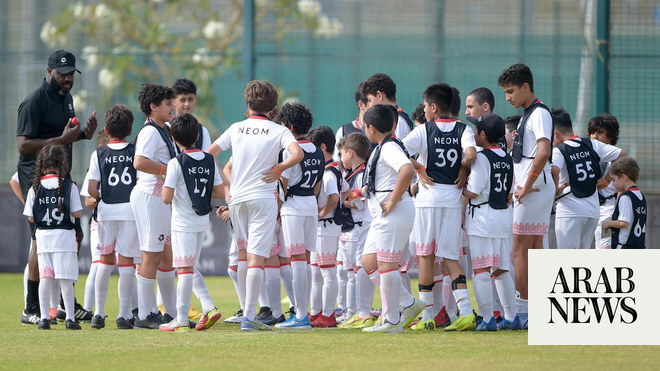
Prince Fahd said that the industry will experience remarkable development in the coming years
The size of the global market is expected reach $4.4 trillion
JEDDAH: Saudi Arabia needs to establish more clubs and academies to educate and train young men and women for the expanding aviation industry, said Prince Fahd bin Mishaal bin Saud, vice-chairman of the Saudi Aviation Club (SAC).
During a speech at the Prince Fahd Symposium titled “Aviation is a Way of Life,” he added that one of the aims of the SAC is to help spread a culture of aviation.
Prince Fahd said that the industry will experience remarkable development in the coming years and that “aviation today and tomorrow will be a way of life, a human need and not a luxury.”
He added: “There is a lot of research to develop transport technology, such as the Hyperloop, the so-called bullet trains, electric cars and many more. But no matter how advanced these techniques are, air-transport techniques will always be ahead of them because the secret is simply in the air and above the ground. It shortens the distance and accelerates access.” Therefore, there are great opportunities open to young men and women, he said, but they must seize them now.
According to a report from Boeing, he said, airlines in the Middle East are expected to take delivery of 3,310 new aircraft at a cost of $770 billion by 2035, more than double the number of existing aircraft. In addition, according to a 2017 report by the International Air Transport Association, the Middle East achieved the world’s highest growth rate in passenger traffic, at 11.8 percent.
Prince Fahd said the size of the global market is expected reach $4.4 trillion, with the Middle East accounting for 5 percent of this total, a figure calculated before the recent announcements of the Neom and the Red Sea projects.
He pointed out that in the next 20 years “we will need 64,000 pilots, 66,000 technicians and 97,000 air-service crews. Despite these large numbers which we aspire to reach, we are still late in the qualification outputs and we do not have enough academies, institutes and clubs.”
These are needed to motivate more young men and women to enter the field of aviation, he said. Another obstacle is that it costs a lot of money to join existing academies, he said, adding: “Therefore, we must seek urgent solutions to attract them.”












